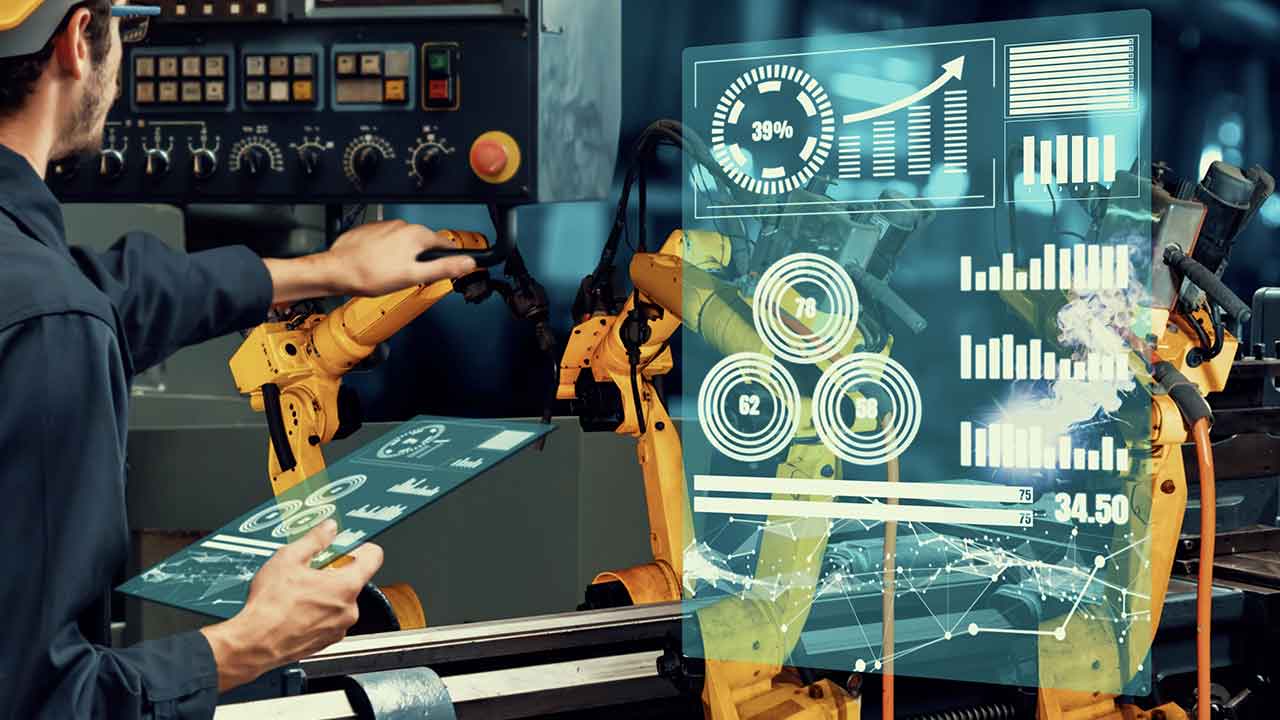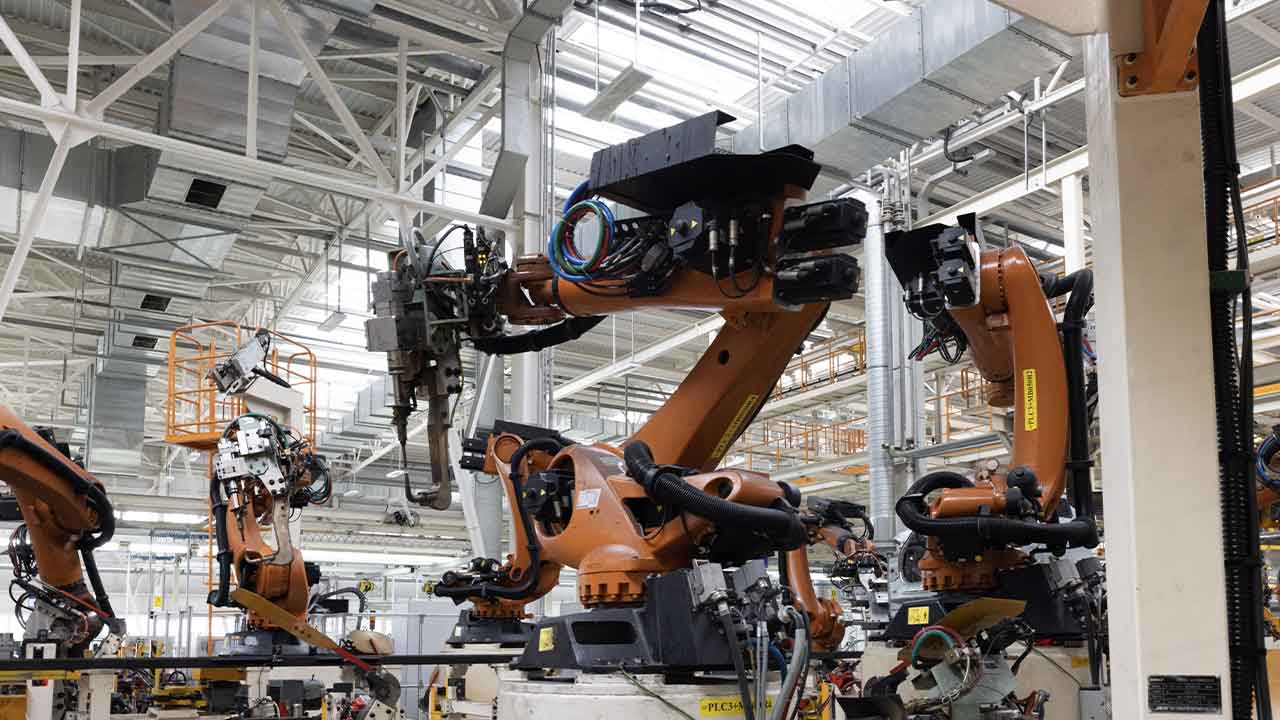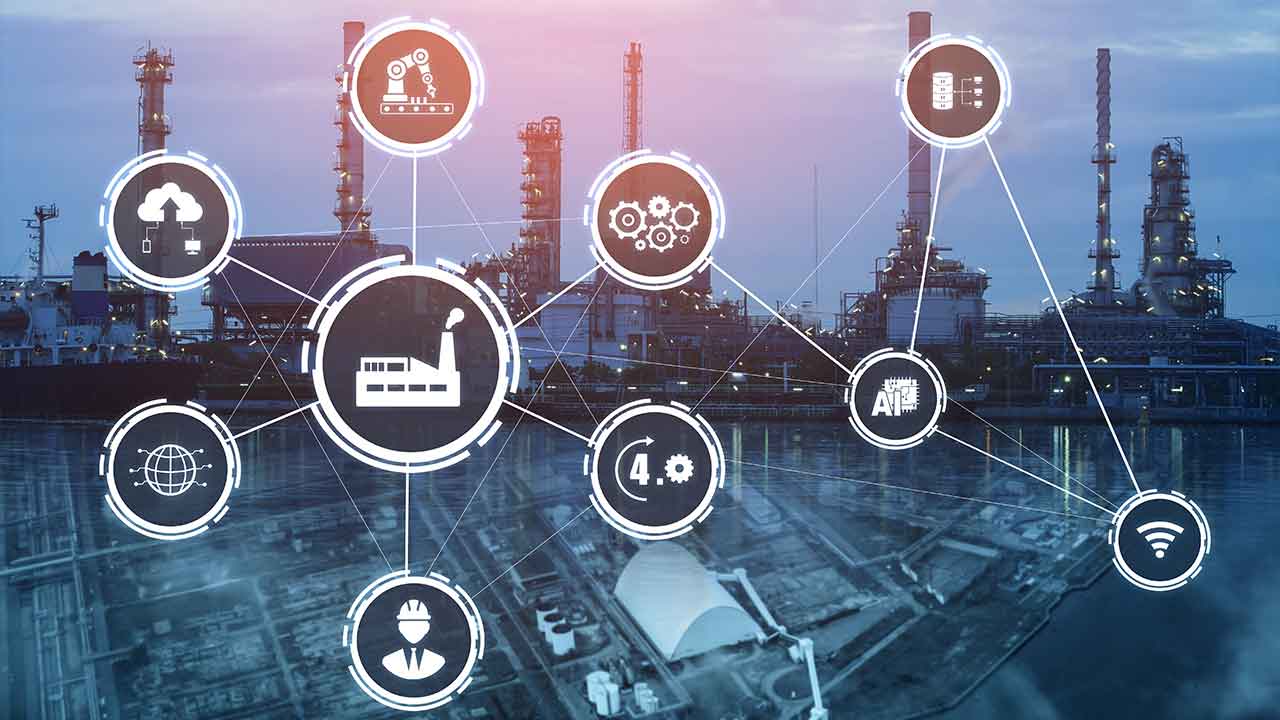Digital Twins: what are they and how they can help you
The concept of digital twins has been around since the 1970s, but more recently we’ve started to see rapid adoption of the technology in a number of scenarios. With organizations in energy, transport, manufacturing, medicine and others creating digital twins to help understand how specific processes, instruments, even people will react to changing situations.
What are digital twins?
What are digital twins? Simply put a digital twin is a virtual replica of physical thing – whether that’s a process, product or even a person. The digital twin is created using real-time data from connected sensors on the physical asset, which can then evolve using machine learning and simulation. Digital twins allow us to see what’s going on with the physical asset in the real world right now, but also how it might react in the future too. While it sounds like the stuff of Sci-Fi – it really isn’t. It’s here and now.
IoT sensors are already collecting data on real-world machines for analysis in cloud environments. Building a digital twin for each machine is a cost-effective addition to an already connected model and will help businesses like manufacturers to improve machines and processes in the supply chain.
According to GlobalData there are three key technology trends currently driving the adoption of digital twins.
- 5G into 6G – as the networks are rolled out and embraced, digital twins will be able to take advantage of the high-speed wireless connectivity they offer without ‘temporal or spatial’ constraints. This will deliver data in real time back to the virtual twin
- Digital relationships and partnerships – those organizations working in specific sectors are working together to deliver concepts for digital twins. This is already happening in the energy industry for example, where the partnerships ‘help oil and gas companies to improve asset performance
- Personalized medicine – digital twins are widely used in testing to validate drug candidates. It won’t be long before we see a digital twin for patients created and then tested with 1,000s of drugs to see which provide the best result
How can I use digital twins?
There are numerous benefits and applications of digital twins. Business Intelligence (BI) leaders can use digital twins to optimize IoT applications and get the most out of their data by clarifying what IoT application will deliver the most impact to their physical counterpart.
Digital twins can also streamline the delivery of real-world IoT data. With digital twin for data analytics and systems designed to match the physical machines, data latency is minimized.
For those in engineering, manufacturing and testing, digital twins are a game changer. They let you apply and test changes to the digital asset before they’re applied to the physical version. This lets you see the impact and costs of other connected systems and the environment the machine works in. Predictive monitoring and maintenance of remote IoT assets or sensors is simplified as well. Using the virtual replica, you can review and predict likely faults or errors before they occur.
When combining the twin data with business rules, optimization algorithms or other prescriptive analytics technologies, digital twins can also support human decision making or even automate decision making.
This is especially useful in IoT environments, where data from machines can be fed directly into the integrated digital twin and business intelligence solutions. IoT sensors allow BI solutions to pinpoint problem areas and opportunities to optimize, before developing a comprehensive solution on which manufacturers can act. More about The Intelligent Edge: What it is, what it’s not, and why it’s useful
What’s their future application?
While currently digital twin solutions are being adopted to ensure the integrity of a physical asset, it’s likely in the future that we’ll witness integration of the twins themselves, as we need to map increasingly integrated application environments.
If that sounds complicated, it’s not. It’s through edge analytics solutions – specifically, IoT-edge computing frameworks – that companies will be able to realize their ideal digital twin integrations. Using IoT Edge Frameworks can help to simplify the concept of digital twins of real assets. More about IoT Decision Framework: Factors & Challenges.
Designers, engineers and producers of machines have long recognized the value of being able to simulate physical assets on software on a computer screen. NASA scientists first looked at the concept fifty years ago, but with the increasing adoption of IoT and edge computing the value and benefits of digital twins in understanding and identifying product (and human) reactions is easier than you think.
Originally this article was published here.



